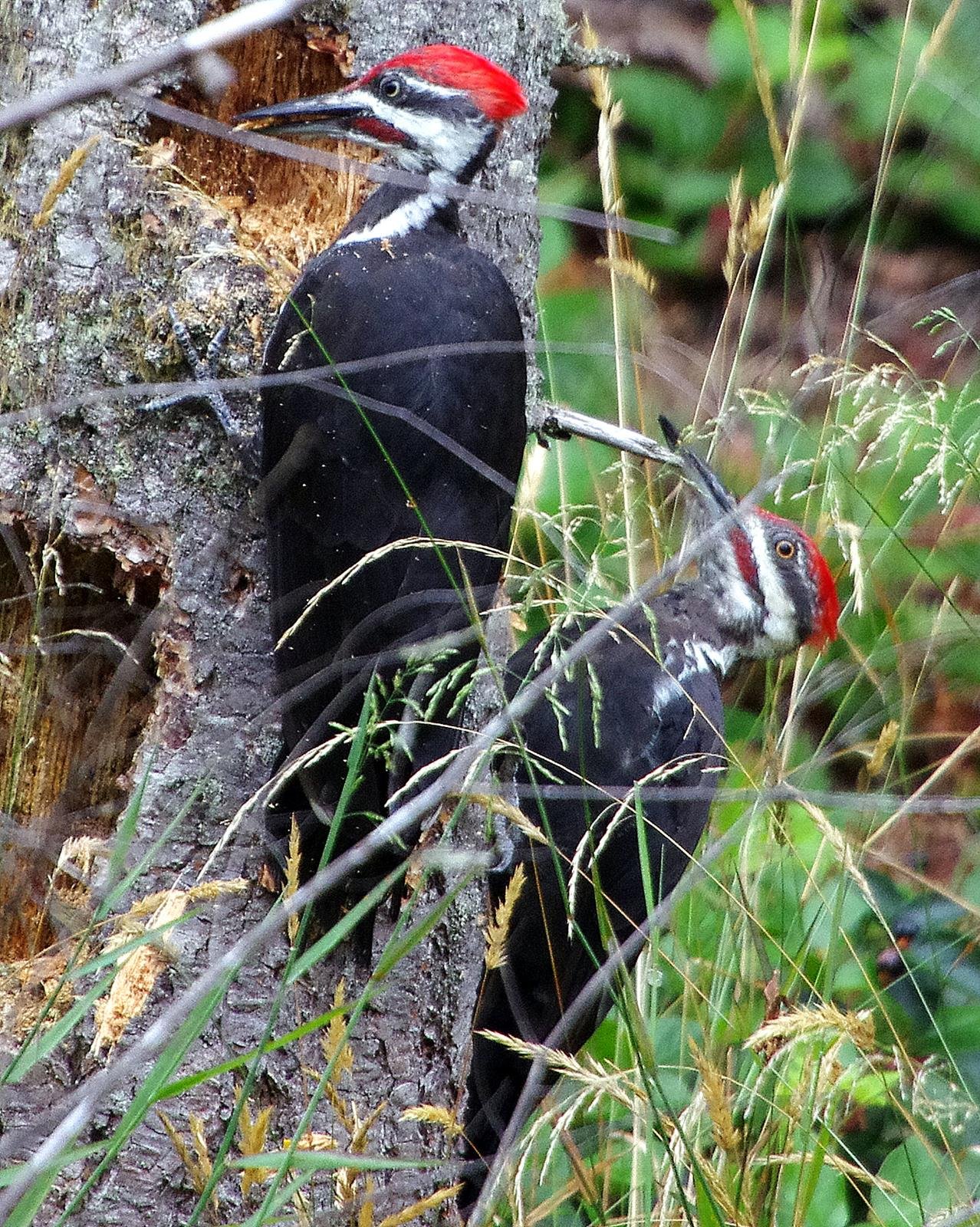Land-based education takes root in Edmonton river valley
Over spring break, 10 children learned Cree, baked bannock, raced on snowshoes and followed animal tracks in the forest. Ranging from four to 10 years old, they are the first participants of the land-based education program Blossoming Flower.
Tiffany Smith, Blossoming Flower's education program director and co-founder, said the program builds relationships through understanding by learning about Indigenous language and culture and having people from Indigenous and non-Indigenous backgrounds come together.
Last week's activities took place in the newly opened Indigenous sacred space in Whitemud Park called kihcihkaw askî. Years ago, it was a place where Indigenous people collected ochre and precious medicines growing in the river valley.
In Cree, kihcihkaw askî means "this place here is sacred land." The project is a collaboration between Indigenous elders, communities, and the City of Edmonton. More at https://www.cbc.ca/news/canada/edmonton/blossoming-flower-yellowhead-indigenous-education-foundation-1.6798233
Beaverhill Lake snow goose festival returns April 22-23
The Snow Goose Festival, April 22 and 23, celebrates the spring migration of snow geese through Beaverhill Lake near Tofield. Everyone is welcome, from first-time to experienced birders, children and adults. You will experience the wonder of nature as thousands of migrating snow geese, Canada geese, various shorebirds, cranes and swans return to Beaverhill Lake on their migratory route to the north.
Several guided hiking and bus tours are scheduled each day. The free Trade Show in the Tofield Arena offers kids activities, concessions and displays. Free shuttle to the festival from Sherwood Park Bethel Transit Terminal. Hop aboard Strathcona County Transit to shuttle you directly to and from the Festival.
You can purchase tickets in advance as both days offer 2 hour and 3 hour bus tours, as well as 3 hour field hikes. There is also a Saturday evening banquet with speaker and silent auction. Details at
Woodpeckers weird tongue and why they don’t get concussions
If a human tried head-butting a tree with the speed and power of a woodpecker, they'd quickly end up with a headache or worse. So why don't woodpeckers get concussions, or at least headaches, after bashing their beaks into wood up to 12,000 times a day? A small brain might be key.
A recent study found the bird's beak, head and brain all stop simultaneously when it hits the target, exactly how a hammer works, but no evidence of shock absorption. Experts wonder if the bird's brain, which is about 700 times smaller than a human's, avoids injury simply because its size and weight can withstand the force. It turns out a woodpecker would have to hit a tree twice as fast as they do to give themselves a concussion.
Woodpecker tongues are weirdly long, measuring up to a third of their total body length, but most of its tongue is hidden within its head. The base is anchored to the hyoid bone, which is in its nostrils. From the nostril, the tongue splits in two, wraps around the back of the skull and joins together again at the base of the beak.
When muscles contract the hyoid bone, the tongue sticks out. The tongue also helps the woodpecker avoid injury when chiseling at objects. The hyoid contracts and tenses at each bash of the beak, holding the skull and spine in place. More at https://www.cbc.ca/documentaries/the-nature-of-things/why-woodpeckers-don-t-get-concussions-a-really-weird-tongue-and-other-surprising-facts-about-these-birds-1.6795945
Agoseris Glauca, or false dandelion, attractive to birds and bees
This native perennial and other agoseris species are known as false dandelions. They are common in the prairie and open woods of western North America.
The flowers are 1-inch across and appear singly at the ends of long stems. The flower stems can grow more than 45cm tall. The flowers are pollinated by insects, and are especially attractive to birds, butterflies, and bees.
Plants have a milky sap and the stems are sparingly hairy. False dandelion reproduces from seeds which have the same appearance as common dandelion. False dandelion is usually found where soils are sandy or gravelly.
Indigenous peoples used the plant medicinally and ate the roots. Wild-edibles enthusiasts eat the greens raw or cooked, much as they would regular dandelions. More photos at https://www.saskwildflower.ca/nat_Agoseris-glauca.html
We Are Here by Mia Weinberg, Muttart Conservatory. Granite pyramid depicting imagery of plant structures and urban map systems. https://www.edmontonpublicart.ca/#!/details/13
Comment or contribution
Please note that articles may not reflect the position of NSRVCS. River Valley News is meant to be a clearinghouse for the wide variety of opinions and ideas about Edmonton’s River Valley. Email river valley photos, event information, comments, or questions to nsrivervalley@gmail.com
Sincerely yours,
Harvey Voogd
North Saskatchewan River Valley Conservation Society
780.691.1712





